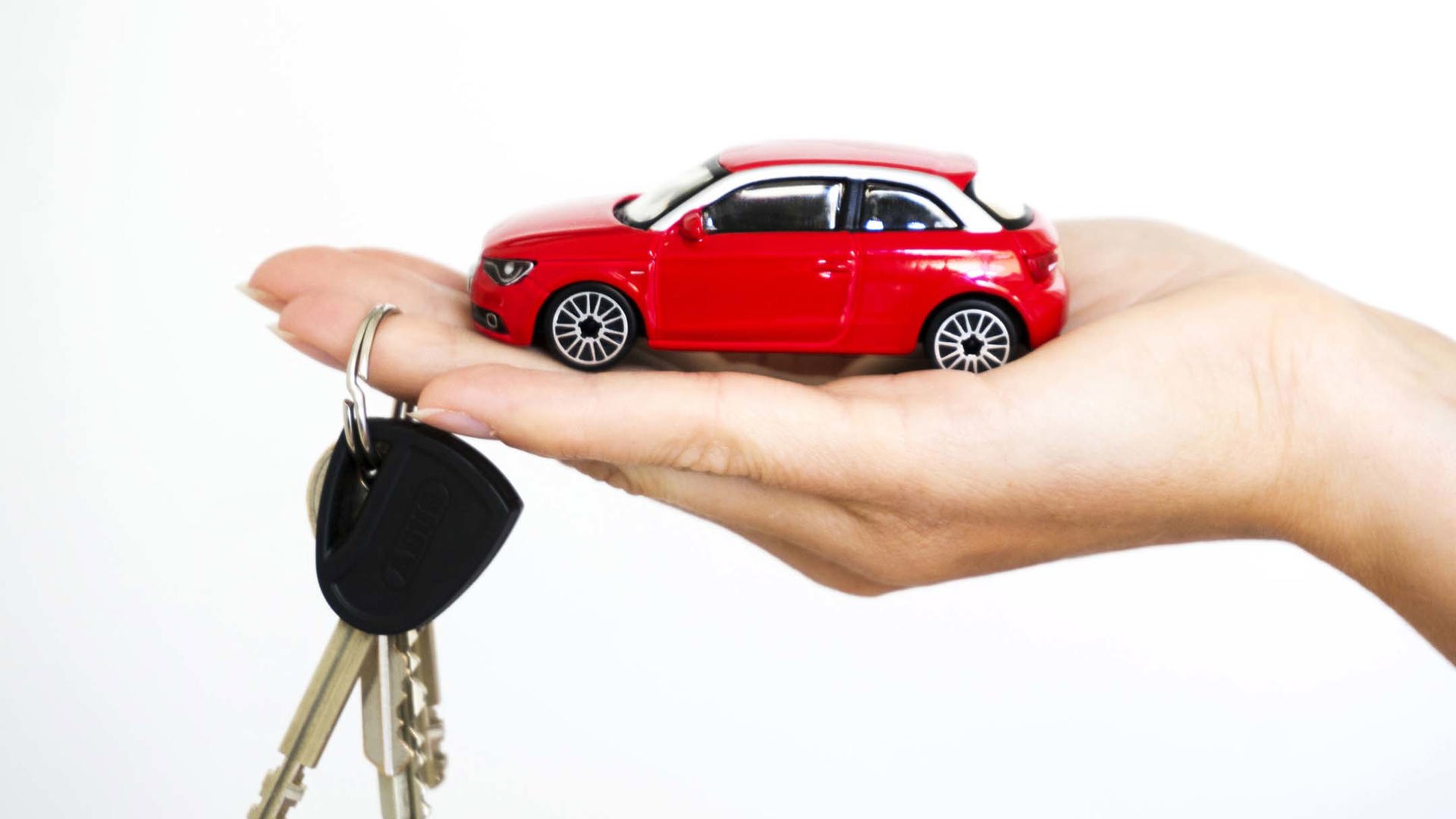Sometimes, you just need a car for a few days – your car’s in the shop, you’re renovating, you’re travelling, or your car sold earlier than expected (congrats!). You need to get around and taxis are too expensive and your friends and family are all zooming around town on their own business. So you pop over to the nearest rental agency and sign out the cheapest car in the lot. Right?
In short – no. Renting a car is not like borrowing a book from the library: every company has their own terms and conditions, and if you’re travelling out of town, you may run into local ordinances that can muck up your plans. Even if you’re standing at the counter, reservation in hand, there are still small but important details that require your utmost attention.
The following guide walks you through the process of renting car and best practices to observe. We’ve provided general guidelines that should apply regardless of where you make your rental car booking, but as mentioned above, every rental agency (and every branch) is different.
Before You Book

Consider Your Needs
How long do you need the car and how much driving do you plan to do? Do you have any specific requirements, such as passenger capacity or cargo space? What is your budget? Are your plans flexible? Knowing the answers to these questions will help you narrow down your search range, particularly when it comes to the type of vehicle you require or if you should even book a rental car at all.
For a short trip in a big city, you may prefer to take a taxi, Uber or public transit, especially if you are unfamiliar with the roads or are otherwise uncomfortable driving in such an environment. Also factor parking fees into your budget, as they can quickly add up. If you’re travelling out of the country, you may also need to consider if your driver’s licence will be accepted at your destination.
If you’re set on a rental, keep in mind the number of drivers, the number of passengers, and the amount of cargo you’re hauling (and if you’re picking anything up along the way); also consider if the terrain itself presents any particular challenges – narrow streets, gravel roads, or steep inclines. These will help inform your decisions as you go through the rest of the process.
Doing Your Homework
The number-one question that pops up at the rental counter is, “Do you need insurance?” If you currently own a car, chances are your insurance will provide primary coverage for any rental vehicles you drive. If you’re making the booking with a credit card, you usually have secondary coverage on the rental (some cards do offer primary coverage). Primary coverage is always applied first, with secondary coverage applying to any remaining gaps. The insurance that you get at the rental agency is considered primary insurance (it is separate from the damage waiver).
Beyond primary and secondary insurance, you should also be familiar with the difference between a loss damage/collision damage waiver/insurance and liability insurance. Simply stated, the former deals with damage to the car, and the latter deals with damage to everything else.
If you are involved in a fender bender, the collision damage waiver you get at the agency or the insurance you have with your existing insurer or credit card company will cover the vehicle you’re driving. The other driver’s car and any environmental damage is checked against your liability coverage, which credit card companies don’t necessarily provide, so be very careful when reading the fine print. You may also see limitations based on duration of trip, location of travel, size of vehicle, number of drivers and passengers, or value of cargo. If something isn’t spelled out in the insurance document, assume it isn’t covered.
Other considerations? Even with liability, collision and loss coverage, you might not be provided with roadside assistance. Medical insurance is also considered separately.
Also, make sure you’re eligible to drive the vehicle you rent. Certain vehicles require special licences, such as bigger RVs and larger trucks. If you’re travelling, local laws may require you to have an International Driver’s Licence (which you should have before you head abroad). Also note that certain rental companies will not allow you to enter Canada from the US with a US-registered vehicle (though it is legal to do so for a period of 30 days or less). If you have any questions, contact the rental agency before finalizing your reservation.
Making the Reservation
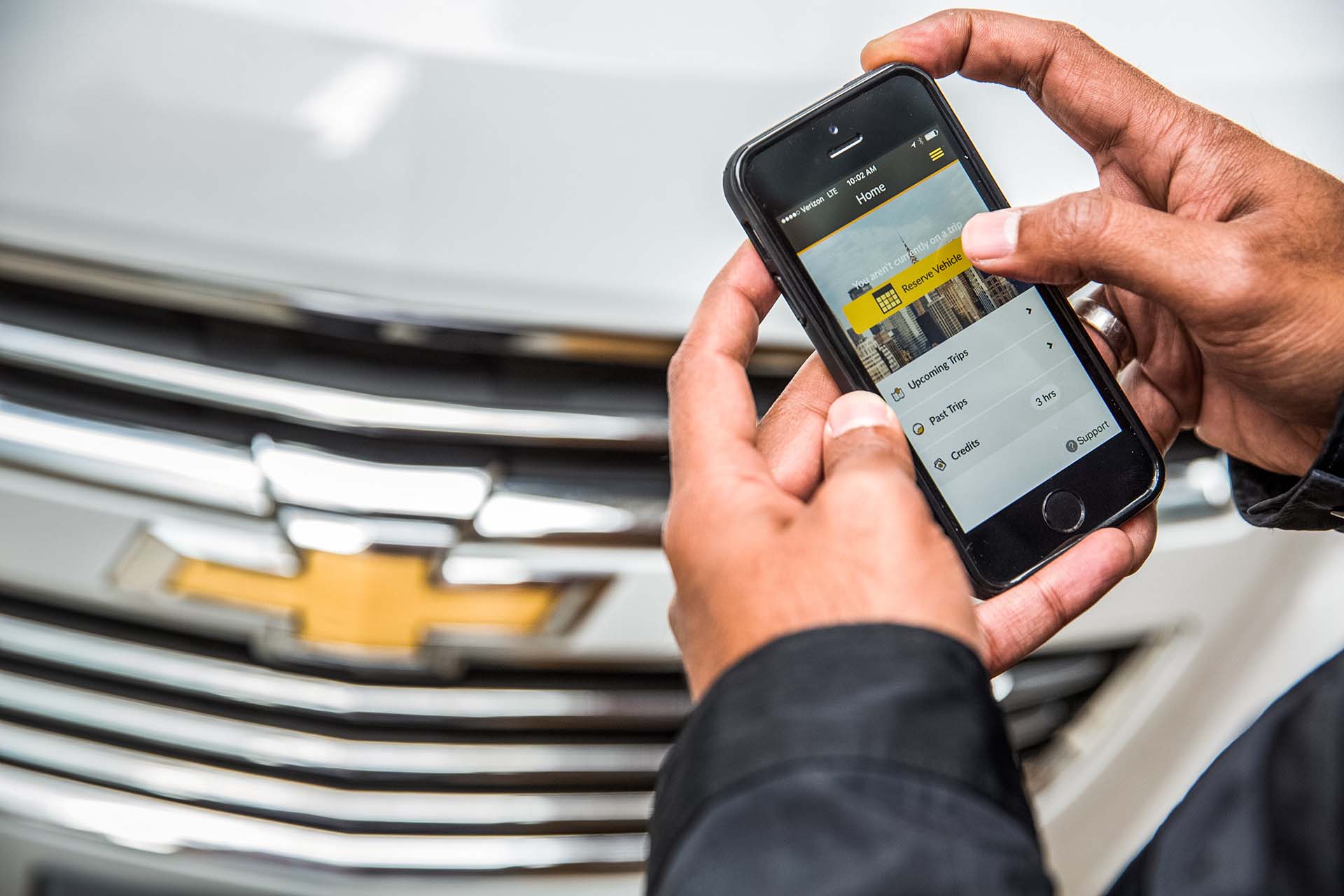
There are many, many rental agencies out there – from international chains to local shops with only a single location. Rather than visit the companies’ websites directly, you may wish to use a third-party travel site. If you’re booking other travel – such as a flight or accommodations – you may qualify for a special package rate with your car rental.
Alternatively, if you’re part of a rewards program with your credit card provider or airline, you might be able to redeem your points toward a rental. If you’re overwhelmed with choice, why not consult a friend? Perhaps they’ll even be able to get you a referral bonus on your rental.
Whatever you do, make sure you sign up for any available membership program. It allows you to save not only your reservation information, but contact information and rental preferences; as well as earn you points toward your next rental.
Once you’re looking at the booking screen, keep your travel plans in mind and book only for the block of time that you need. Most companies charge by a rolling 24-hour period, so it’s best to make the reservation based on when you’ll arrive at the rental agency.
Another thing you might notice is that the daily rate and vehicle selection will vary depending on the pick-up location. You may be able to secure a better rate, or a better vehicle, by going a little bit out of your way. Picking up at an airport will cost more in general, due to the cost of maintaining a rental lot on airport grounds, and additional fees that may be imposed by the airport. However, the cost of travelling out of the airport may negate any savings you reap from a more distant pick-up point, so keep this in mind.
Speaking of pick-up points, you don’t necessarily have to drop off your rental at its original branch. Usually this will cost more, but you may also find yourself in a situation where the rental agency needs cars shuffled between lots, and you can score a pretty sweet deal if you’re flexible.
Even if your plans are set in stone, you may still wish to make a refundable booking. Rental prices fluctuate all the time; or you might spot a better deal with a different company. Do note that with refundable bookings, there may be a cut-off, after which penalties may apply.
Know exactly what you want, when you want it, and how you want it? Some companies offer quick pick-up, which allows you to walk into the rental office, skip the reservation line, and retrieve your keys directly. It’s designed for experienced travellers who don’t have questions about their reservation and want to be in and out as quickly as possible.
Some sites may advise you to book a cheaper vehicle on the off chance the branch you go to runs out of that type of vehicle in their rental fleet and you score a nicer ride for free. Though it is the usual practice of rental agencies to offer the next best equivalent when a reserved vehicle is unavailable, it is not a legal requirement – or they may still have the car on hand and you’re stuck with something you don’t want.
One other wrinkle: you’ll likely need a credit card to complete your reservation. When agencies process your rental, they check to see that you have the funds to pay for your rental and place a hold. With credit cards, this is a quick and simple pre-authorization. With debit cards – if the agency accepts them – this means a credit check, which will show up on your credit report and may negatively impact your credit score if you have too many. They’ll also ask for a deposit up front.
Documentation
Before leaving home, make sure you have the following documents with you (preferably printed out): the reservation, any proof of insurance that applies to rental vehicles, government identification, and (if necessary) your international licence – for all drivers on the reservation. You’ll also need the credit card you used to make the reservation.
At the Rental Agency
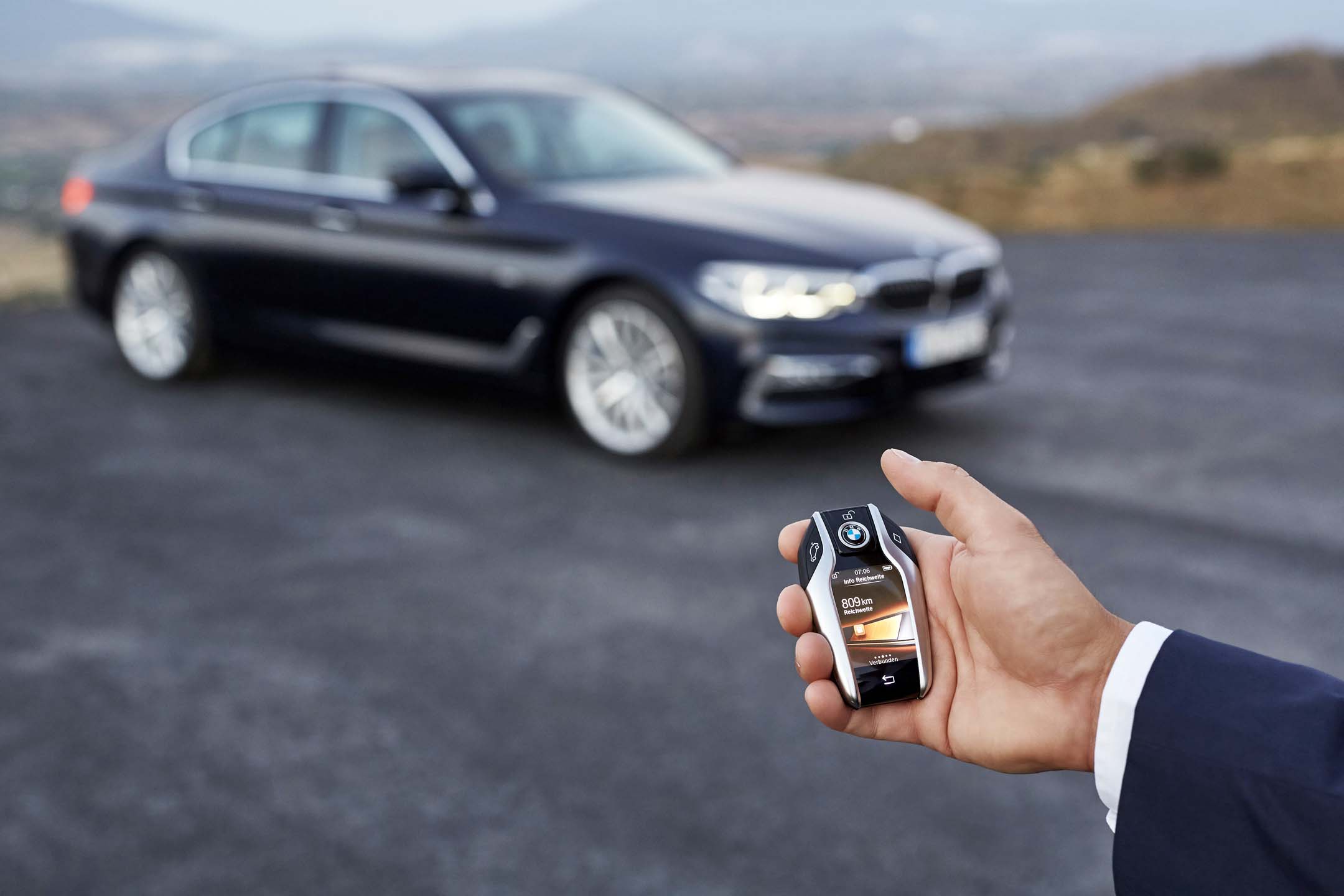
At the Counter
Once you’ve submitted your paperwork and given the rental agreement to sign, double-check to make sure that the price on the agreement matches your reservation. If you see any additional fees not included in the original quote, make sure to point them out.
If you refuse the agency’s insurance or damage waiver, be prepared to present your proof of insurance. If the customer service representative offers you an upgrade, check to make sure your rates haven’t seen a similar “upgrade”. If you have any further questions about your rental, be sure to ask them before you sign the agreement – and get any guarantees in writing.
At the Vehicle
Examining a rental vehicle is much like examining a used vehicle. Before you even unlock the doors, carefully examine the vehicle’s exterior, checking for any obvious damage. You should take photos of the car in its original parking spot in the rental lot, to establish the condition of the car before you drove away.
In addition to taking photos, you should also commit the vehicle’s make, model, colour and licence plate number to memory, or at least make a note of it. This will prevent you from wandering around a parking lot in vain searching for a hatchback-wagon-thing that may be brown or green depending on the light. (Remote key fobs can also help locate a misplaced vehicle.)
Once inside, perform a check of all the seats, windows and mirrors and ensure they work as expected. Note any unusual odours, or mustiness, as this may indicate an air filter issue or a leak in the vehicle. In case of the latter, check for dampness in the footwells. Start the engine and watch for any unusual exhaust.
Run the climate control system through its settings to make sure all functions are working as expected. Familiarize yourself with the features of the infotainment system and confirm that the features you plan to use are fully operational. If you’re linking your phone to the handsfree or navigation functions, you may have to clear out the previous user’s settings.
Before you leave the lot, make sure you know the locations and behaviour of the vehicle’s controls, be they on the steering wheel or on a panel to either side of you. If you’re using the built-in GPS, make sure you set your destination before you set off, as most systems lock the controls or restrict you to voice commands while the vehicle is in motion.
Another essential check? The fuel gauge. Many rental agencies require you to return the vehicle with a full tank of gas (they’ll waive this requirement if you “pre-pay” for fuel, but you can usually find cheaper gas on your own); other rental agencies merely require you to return the vehicle with the same level of gas as when you left with it – this may leave you short on gas if the previous occupant ran the tank down to fumes.
Should you find something amiss, report it to the attendant and have them document your findings in writing. Remember that the agency has your credit card info and has the ability to process charges even after you return the car, if they determine that damage to the vehicle occurred while under your care.
Returning the Vehicle
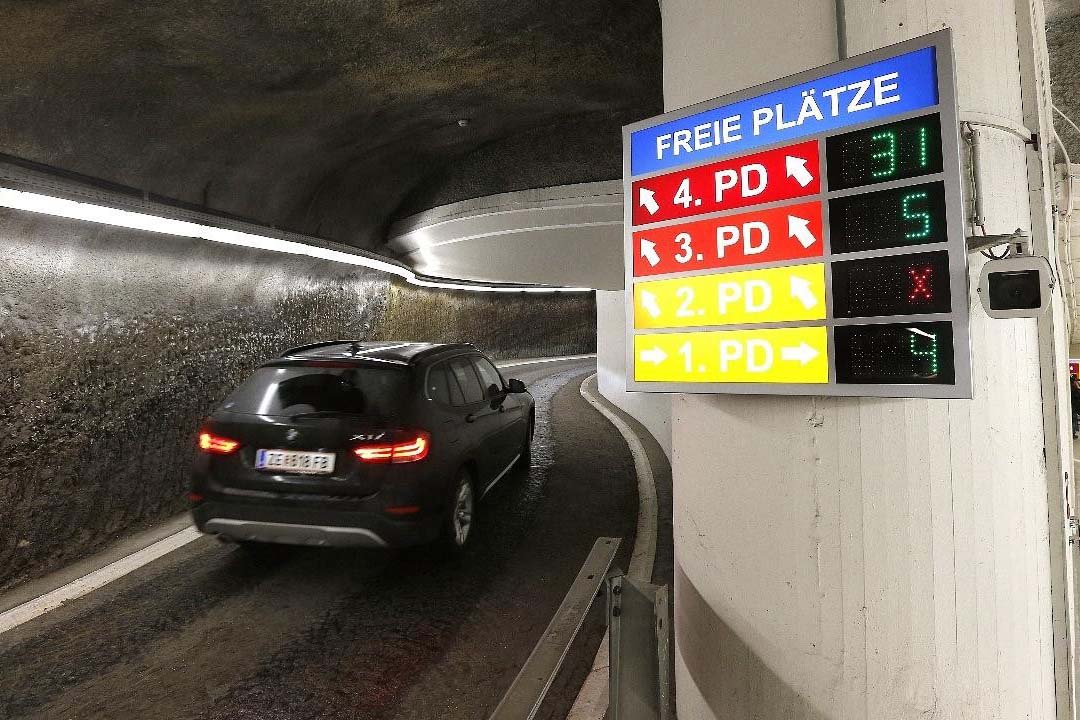
Before Your Return
Remember that the next person to sit in the driver’s seat will be a total stranger. Therefore, make sure to clear any personal data from the infotainment system, and check to make sure all your personal belongings are packed up. In particular, check the glove box; storage cubbies built into the centre and side arm-rests, above the rear-view mirror, or behind/below the centre stack; and any under-floor storage in the cargo area, as these may not be immediately obvious.
Are you returning the vehicle early? Before you do, check to make sure you’re not getting a special rate based on the number of days of your rental. As counter-intuitive as it sounds, an early return can cost you more money despite the shorter duration of your rental – for example, if the company cancels a weekly rate which requires a minimum seven-day rental, and charges you the normal rate for a six-day rental instead.
Depending on the rental company, you’ll also want to budget some time to fill up the gas tank. Save your receipt, as this will be proof that you complied with the terms of your rental agreement.
At the Agency
Before you lock up for the final time, check again to make sure that all your belongings are with you. Photograph the exterior and interior of the vehicle in its parking spot at the rental lot again – this is your documentation should the rental agency make any damage claims against you after the return.
Extending Your Rental
Need the rental for longer than you originally planned? Contact the agency immediately to work out a solution. You may find that the cheapest solution may be to take alternative transportation (e.g. bus or taxi) or to rent from a different company.
Monitor Your Credit Card
Because the rental agency retains your billing information, you may find charges appear on your card even a week or two after you return a vehicle. If you notice any unexplained charges, contact the rental agency immediately to clarify. Organize your documentation – the reservation confirmation, rental agreement, photographs and gas receipt from earlier – for submission to the rental agency. Also contact your credit card company, as you will have a limited window to dispute the charges with them.
In Case of Accident or Theft
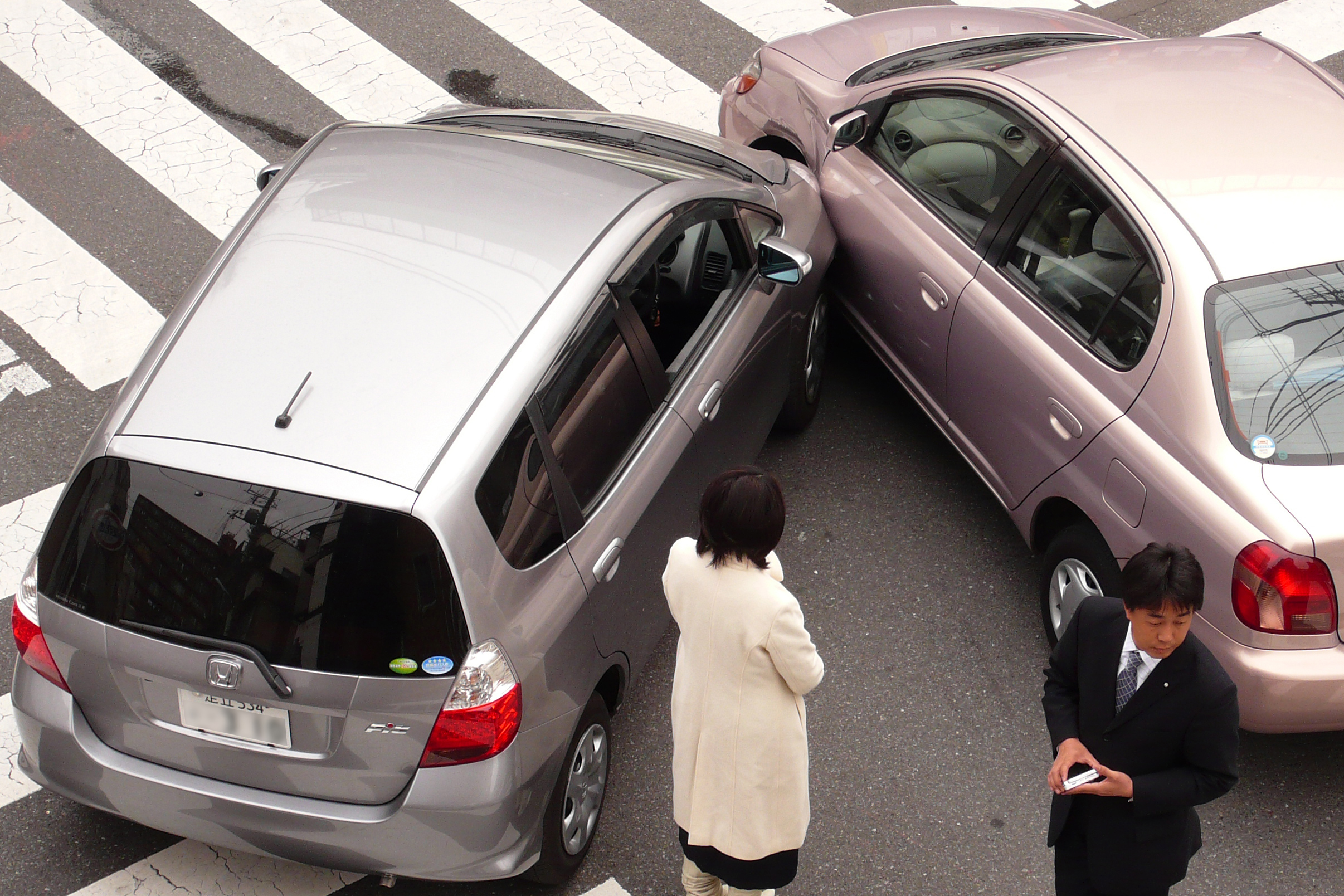
On Site
It’s every driver’s nightmare, made even worse by having it happen to a car that doesn’t even belong to you. In either of these situations, the most important steps are to stay calm, document everything, and contact your insurance company as soon as possible.
In case of a minor accident with no injuries, move your vehicle to a safe location off the roadway, contact the police, assist any other party involved in the accident if necessary, and note the names and contact information for all parties involved in the accident as well as any witnesses to the accident. If you have a camera or phone, document the scene of the accident, damage to the vehicle, yourself and any other party involved in the accident. If your vehicle needs to be towed, note the name and licence number of the tow truck operator, and where your vehicle is being towed. After that, contact your insurance company. They may contact the rental agency on your behalf, saving you the extra hassle.
In case of a major accident, perform the following to the best of your ability and if the situation allows: contact emergency services; turn off the engine; turn on the emergency flashers; set up warning signals or flares, or warn approaching drivers. If any vehicle is on fire, get people out of the vehicle and clear people away from the area; otherwise, leave injured people where they are. If you have first aid training, treat injuries you see, starting with the most severe that you can handle, otherwise, cover injured people with a jacket or blanket to reduce the effects of shock; stay with injured people until help arrives; be mindful of approaching vehicles and move to a safer location if necessary.* Document the scene and contact your insurance company only if it does not interfere with the above.
In case of theft, make sure that you haven’t simply misplaced the vehicle. Perhaps it’s in a different parking lot, perhaps you’re looking for the wrong car (this is where the photos come in handy). Once you have established that the car is indeed stolen, contact the police and your insurance company.
In case of theft and major collisions, you will want to request a copy of the police report (your insurance company may request it on your behalf). For minor accidents, you may also require a police report for your insurance or the rental agency; contact them to find out what documentation they need to process your case.
At Home
In most cases, your insurance company and the rental agency can resolve the issue between themselves. You may be asked to provide documents or testimony, so be sure to note the particulars of the incident and have it readily available.
Rental cars fill an important niche in transportation – they don’t require a long-term commitment such as a loan or lease, but are more cost-effective than taxis and go where buses don’t. They are, however, fraught with numerous considerations, terms and conditions. This guide’s aim is to walk you through the process so you can rent confidently and be prepared if the unexpected happens.
Did we miss something? Have any rental car advice for your fellow readers? Let us know in the comments.
*Adapted from Government of Ontario. ”Dealing with emergencies.” The Official Ministry of Transportation (MTO) Driver’s Handbook.
